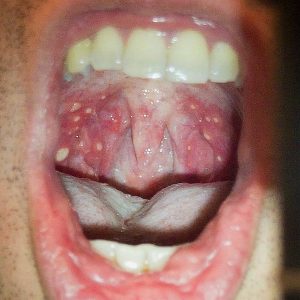After reporting just under 70,000 cases of the viral infection, hand, foot and mouth disease (HFMD) in 2016, cases increased several time in 2017, according to data from the National Institute of Infectious Diseases, Japan via the World Health Organization (WHO).

Image/shawn c
Last year, officials reported 358,764 HFMD cases, the most since 2015 when more than 380,000 cases were reported.
HFMD is typically a benign and self-limiting disease. Most common in young children, it presents as fever, oral lesions and rash on the hands, feet and buttocks. The oral lesions consist of rapidly-ulcerating vesicles on the buccal mucosa, tongue, palate and gums. The rash consists of papulovesicular lesions on the palms, fingers and soles, which generally persist for seven to 10 days, and maculopapular lesions on the buttocks.
It is spread to others by close personal contact, coughing or sneezing or by contact with contaminated objects and surfaces. It can be difficult to eradicate in schools, group living communities and daycares. Although it is not serious for most people, the infection can cause significant pain while eating, walking and writing.
Hand, foot, and mouth disease is caused by viruses that belong to the Enterovirus genus (group). This group of viruses includes polioviruses, coxsackieviruses, echoviruses, and enteroviruses. Coxsackievirus is the most common cause of HFMD.
Related:
- Yet another tapeworm story
- Rabies: Kuching man is 7th human case in Sarawak since last June
- Italy reports nearly 5000 measles cases in 2017, Nine out of 10 unvaccinated
- Raw sushi’s microbial risks: The worms and germs
- Syphilis cases top 5500 in Japan
- Japan reports record number of invasive group A streptococcal disease in 2017
Now is the perfect time to view whales, dolphins, manta rays in Los Cabos!


